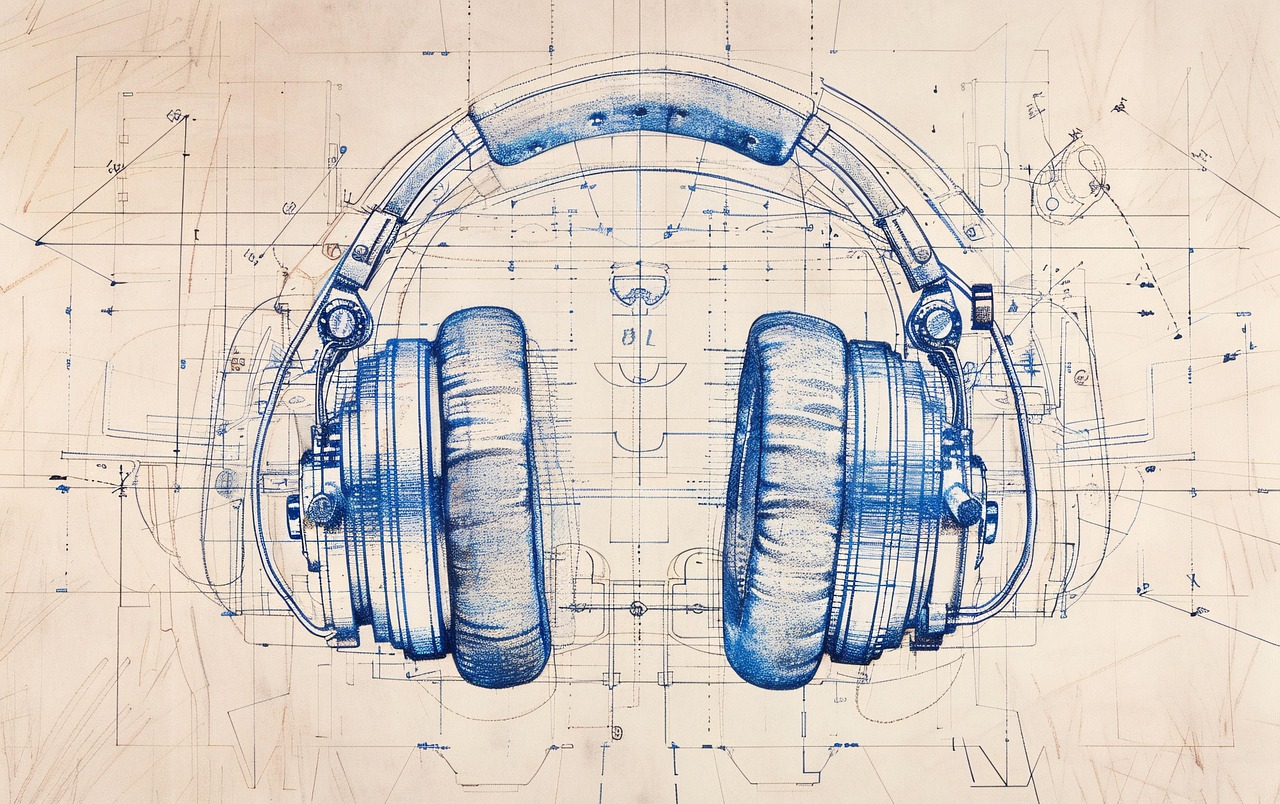
To be validly protectable by a registered design the visual appearance must, broadly speaking, be new and distinctive compared to that of previously known products.
Registration adds real value
Registered design protection can however be very commercially valuable.
How it creates value
- For protecting the appearance of a product for which appearance is commercially important
- For providing intellectual property rights in a product for which patent protection is not available
- For providing a relatively straightforward way to protect against direct copy products (even of largely or entirely functional products, such as internal components of machinery) and;
- For providing an additional layer of protection, with different scope, for products which are also to be protected by patents.
It’s not the same as patent protection
It is important to appreciate that the protection of the visual appearance of a product by a registered design is in contrast to protection for the functional aspects of a product or process which can be provided by patent protection.
That is, a registered design does not prevent a competitor from making a product which functions in exactly the same way as the design owner’s product if the competitor’s product is substantially different in appearance to the registered design.
The Australian Designs Act 2003 defines a design, in relation to a product, as meaning “the overall appearance of the product resulting from one or more visual features of the product.”
A design is registered by filing a design application, including representations (typically drawings or photographs) of the product, which show the visual features of the design.
A resulting Registered Design can therefore be regarded as registration of the design as shown in the representations. However, there are other parts of the application, and the resulting registered design, which can significantly affect the scope and commercial value of the protection conferred. These include the way the product is named, and any ‘Statement of Newness and Distinctiveness’.(SoND)
Such a registration can confer a right to exclude others from unauthorised commercialisation of a design which is identical to, or substantially similar in overall impression to, the registered design. The acts that the design owner has a right to exclude others from doing include making, selling or hiring such a product or offering to do so, and also extend to importing such a product or keeping a product for the purpose of its sale, hire or use.
How similar an unauthorised product must be to fall within the scope of the registered design is dependent on a number of factors including any “Statement of Newness and Distinctiveness” – SoND which forms part of the of registration, on how different the registered design is from earlier designs, and to what extent the designer is free to innovate.
Australian registered designs have a maximum term of ten years. A single renewal is payable after the first five years to extend the term to the full ten years.
What can be a registered design in Australia?
The visual features that together create a design are often considered in terms of
- three dimensional features (for example the shape and/or configuration of an object such as a car),
- two dimensional or ‘surface’ features (for example the pattern and/or ornamentation of a textile) or,
- a combination of two and three dimensional features (such as the shape and surface decoration of a dress).

While most products have both a three dimensional shape and two dimensional surface features (including colour) a well-prepared design application can generally be directed to either or both of these types of features.
In order to be registrable, the design must be ‘in relation to a product’. This can exclude registrability of a design that relates to something other than a ‘product’.
The Australian Designs Act 2003 defines a ‘product’ as a ‘thing that is manufactured or hand made’, so few types of commercially produced articles are excluded from registered design protection.
Further the design is not required, under Australian law, to meet any threshold of attractiveness or ‘eye-appeal’, and functional designs are not excluded.
Some exceptions
There are some particular areas where, under Australian practice, a design has not been considered to relate to a ‘product’. These areas include typefaces or fonts, and designs which exist only transiently due to the action of a product, such as a pattern of water from a sprinkler or a graphical user interface which exists temporarily on the screen of a computer or smartphone. We have strategies for addressing many of these restrictions (although detail of these is beyond the scope of this summary).
There are also some types of designs which Australian Designs law excludes from registration, including designs for medals, designs which consist of a flag or emblem of a State, a Territory or another country, and designs that are ‘scandalous’.
What are the requirements for a registered design?
In Australia, a design must be new and distinctive in order for it to be registrable.
A design is considered new unless it is identical to an earlier design, and is considered distinctive unless it is ‘substantially similar in overall impression’ to an earlier design.
Broadly speaking, this comparison is made with earlier designs which form part of the ‘prior art base’ before the effective filing date of the design application.
This consists of:
- designs publicly used in Australia;
- designs published in a document within or outside Australia; and
- designs in earlier Australian design applications which are eventually published.
Want to know more?
The above is a brief overview of registered designs in Australia and should not be used or relied on as legal advice or opinion about specific matters, facts, situations or issues. Other jurisdictions have quite different design laws with, for example, some countries having a grace period, and/or allowing registration of ‘virtual’ designs.
Should you have a design registration enquiry contact our designs and patents team for a further confidential discussion on how design protection may benefit your IP bottom line.